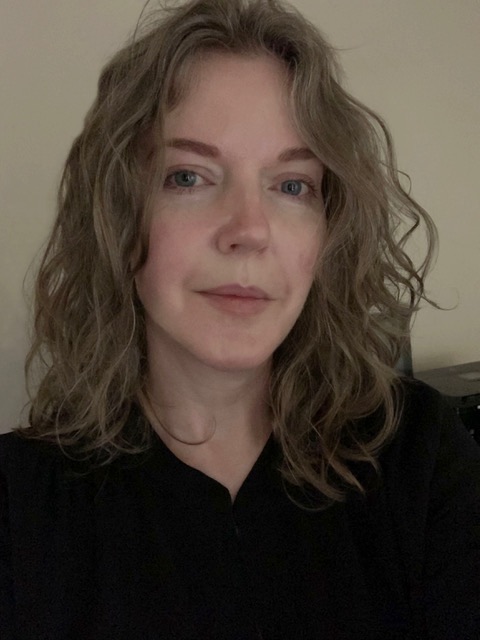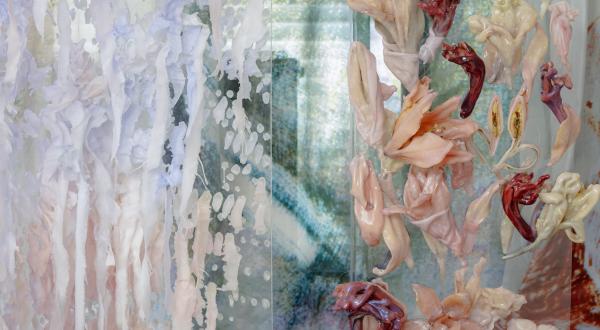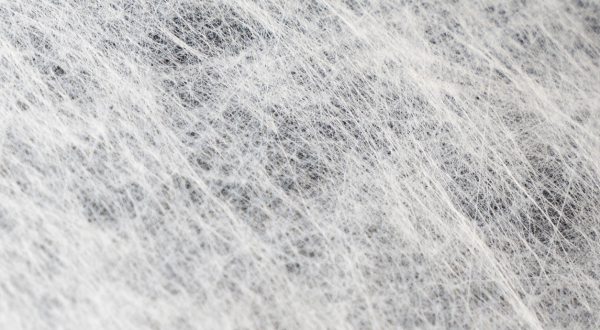ANATOMY & BEYOND
Nina Sellars
Apprehension

Dr Nina Sellars is an artist, writer and curator whose research area focuses on the contemporary and historical influence of anatomy on our understanding of body, identity and subjectivity. Sellars is curator of exhibitions and programs at the Harry Brookes Allen Museum of Anatomy and Pathology, Faculty of Medicine, The University of Melbourne, and visiting research fellow at the Museum of Applied Arts and Sciences, Sydney, Australia. Read more about her work here.
The work on display in ANATOMY & BEYOND exhibition is titled "Apprehension".

Apprehension was made by taking a nineteenth-century wax model of an anatomised hand that is held within the collections of the University of Melbourne, Australia, and transposing it into a digital animated 3D object. The original hand, which was produced in 1890 by the renowned Parisian atelier Maison Tramond, is now animated as if it was alive.
The physiological movements of this digital twin form a choreography that comprises three of the gestures outlined by the Roman rhetorician Quintilian in his textbook for orators, Insititutio Oratoria (95 CE). Quintilian wrote that “while other parts of the body merely help the speaker, the hands, so to say, speak themselves”.

The display begins with a declamation, a gesture that indicates wait a moment or pay attention – the index finger of the raised hand extends to point upwards, with the three remaining fingers being flexed into the palm.

This is followed by an exordium, a gesture that indicates I am about to speak – placing the middle finger against the thumb, and extending the remaining three… the hand being moved forward with an easy motion.

Finally wonder – the right hand turns slightly upwards and the fingers are brought in to the palm, one after the other, beginning with the little finger; the hand is then reopened and turned round by a reversal of this motion.
Wonder is what makes us step forward into the world, to discover, and our hands not only relay sensory information to the inquisitive mind, but also demonstrate our will instrumentally. The eminent art historian Martin Kemp in his essay The Handy Worke of the Incomprehensible Creator (2000) notes that “the mechanism of the hand was seen as perfectly designed for apprehension, that is to say “grasping,” and … “apprehension” in Latin as in English came to assume the dual meaning of taking hold and becoming cognisant of new ideas”.
In collaboration with the Harry Brookes Allen Museum of Anatomy and Pathology, University of Melbourne, and the Museums and Collections Student Project Team, Jessie French and Maro Pebo. 3D-modelling facilitated by Victor Torres (Climanyaro) and Artec scanning by Gavan Mitchell.
On 25 August, the Anatomy Museum hosted the international symposium ANATOMY & BEYOND. You can watch a recording of Nina Sellar's lecture "Anatomy Museums of a Critical Posthumanist" here:
The exhibition ANATOMY & BEYOND will be on view at the Anatomy Museum until 31 January 2022. The exhibition is curated by medical artist Pascale Pollier (Belgium/UK). The exhibition is a collaboration between AEIMS (Association Européenne des Illustrateurs Medicaux et Scientifiques), BIOMAB (Biological and Medical Art in Belgium), ARSIC (Art Researches Science international Collaborations) and MAA (The Medical Artists' Association of Great Britain). The project is supported by the Embassy of Belgium in Sweden and Latvia, the Flemish Government Representation in Poland and the Baltic States, the Vesalius Trust and the Honorary Consul of Belgium in Latvia Dr. Didzis Gavars.









